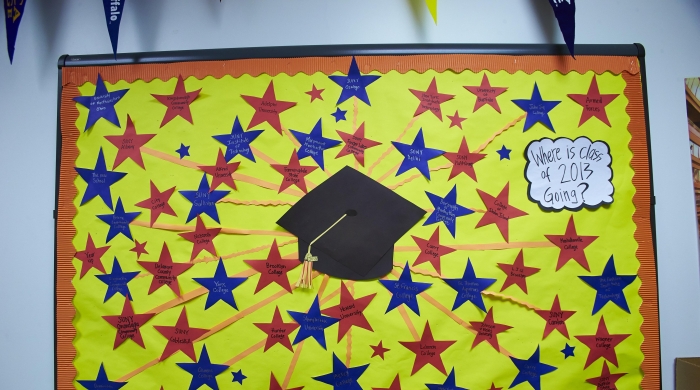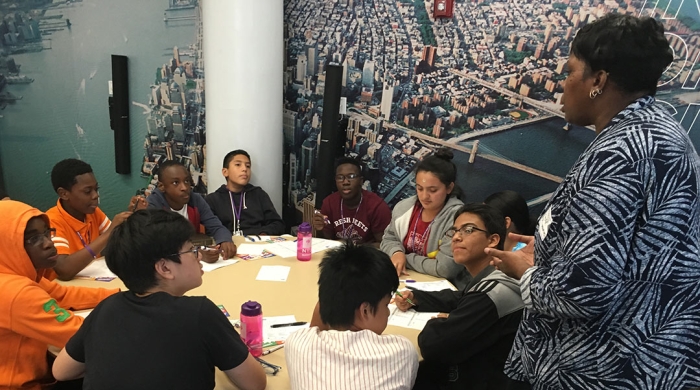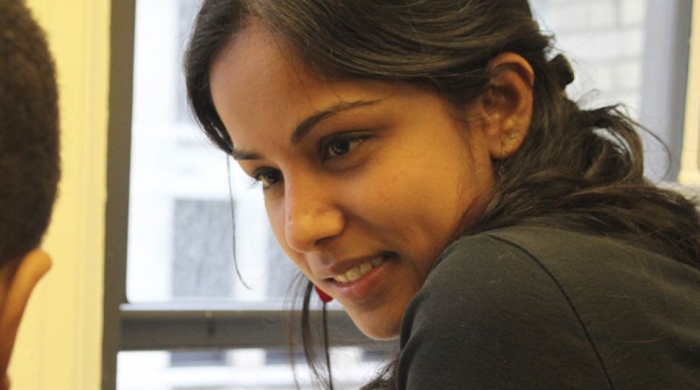
College-Going Patterns in NYC
New York City is home to the nation’s largest public school system, as well as one of the largest public higher education systems in the country. For many students, there is a direct path between the two. Over 60 percent of NYC public school graduates who enroll in post-secondary education attend a CUNY school, while two thirds of CUNY first-year students are NYC public school graduates. The close ties between these two institutions make NYC an ideal place to research the transition from high school to college, from both secondary and post-secondary perspectives.
About the NYC Partnership for College Readiness and Success
This partnership between CUNY, the NYC DOE, and the Research Alliance brought together key stakeholders who focus on secondary and post-secondary education in New York City, enabling researchers to link together CUNY and DOE student data. The ultimate goal of our joint work was to better understand how to prepare and support students toward college success.
The project was initiated under a grant from the U.S. Department of Education’s Institute of Education Sciences under its Research-Practitioner Partnership in Education Research program. Under this federal grant program, we established the infrastructure for an ongoing research collaboration, including setting short- and long-term research agendas and building a research and data management team. We conducted analyses to help develop valid college-readiness indicators and to identify factors (student- or school-specific) that enhanced or limited the likelihood of a student attending and succeeding in college.
This work has set the stage for an ongoing partnership examining college-going patterns in NYC. Together, we are building a strong body of knowledge about the factors that influence college-going and how to support more students on the road to and through college. We expect this collaboration to produce valuable insights for policy and practice, both here in NYC and in other urban school districts across the country.
Supported the Institute of Education Sciences.
Related Publications
New York City Goes to College
This report provides an in-depth look at high school students’ pathways into and through college, revealing large improvements in college access, but also highlighting persistent differences in outcomes for historically underrepresented groups of students. It uses a new four-part framework – access, persistence, efficiency, and equity – to examine students’ pathways. (2017)
New York City Goes to College: A First Look
This brief reports the first set of findings from a unique new dataset that tracks multiple cohorts of NYC students from 9th grade through college. It describes recent patterns of college enrollment, persistence, and completion for NYC students, and begins to explore factors that may affect their college outcomes. (2014)
One of the most significant results of this project has been the creation of the Partnership Dataset, which is unique in its size, its depth of available individual-level data, and its longitudinal capabilities. The Dataset creates the architecture to follow NYC students through the critical transition from K-12 through post-secondary education. Currently, close to 900,000 individual NYC students can be traced from as early as their Kindergarten records in 1994 to as late as their college graduation in 2016. Drawing on these data, the Research Alliance and CUNY have published a series of working papers, available below.
Working Papers
Alternative Indicators of College Readiness In Math
Can We Better Identify Who Needs Developmental Education? Each fall, approximately 20,000 new enrollees at the City University of New York (CUNY)—more than half of all freshmen—are assigned to developmental education in at least one subject, most often mathematics.
Can a Top 10-Percent Admissions Plan Work in New York City?
Drawing on administrative data available through The New York City Partnership for College Readiness and Success, this study seeks to learn whether a simple top 10-percent admissions scheme would be likely to increase Black and Latino enrollment in CUNY bachelor’s programs.
The Significance of High School Practices for Students’ Four-Year College Enrollment
Similar to much previous literature, we found that the bulk of the variation in four-year college enrollment is within, rather than between schools. This underscores the challenge many schools face in trying to prepare their students for college: meeting a wide range of student needs.






